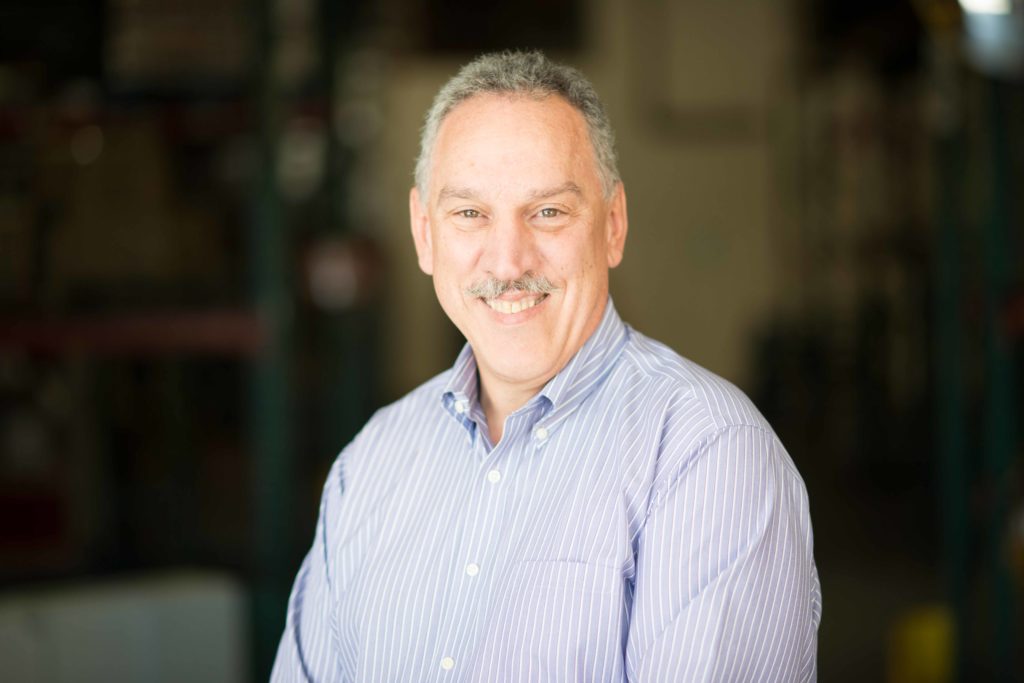Ralph Maltese
Vice President of Operations

Food banking at our scale is not unlike any medium-size food business, with one critical exception: 80% of the time, we never know exactly what or how much food we are going to get and in what condition it will arrive. This is the 80/20 rule flipped up on its head, and our organization must operate with great nimbleness to make the most of what we get to serve people in need effectively.
When I worked at Driscoll’s, we prided ourselves in learning how to effectively and efficiently ship strawberries within four days of picking, even as volumes were increasing 10 to 20% per year. At Second Harvest, we pride ourselves on being “faster than strawberries” since by the time they arrive, the “straws” are near the end of their shelf life. Most need to be re-shipped within two days of arrival.
That said, we still have a lot to learn. From my perspective, creating and sustaining a culture of continuous improvement is the best thing we’ve accomplished. We discuss, encourage, support, and test new ideas, and when they prove successful, we deploy them.
We are also adept at providing an environment for “intellectual volunteers” to make a contribution. Whether they help us prepare monthly reports, envision a new warehouse layout, write code to help us schedule, pack and trace repacked produce, or install GPS software to help track our 15 tractor trailers and eight holiday food drive trucks, all of these volunteers help us deliver on our mission. Their selfless actions make Second Harvest more than just a food bank. Volunteers make us a community asset for the benefit of all.
I am honored to be part of the Second Harvest team, which is part of a larger network of food banks throughout the United States. Each and every morning, I’m delighted to make a difference in our local community.